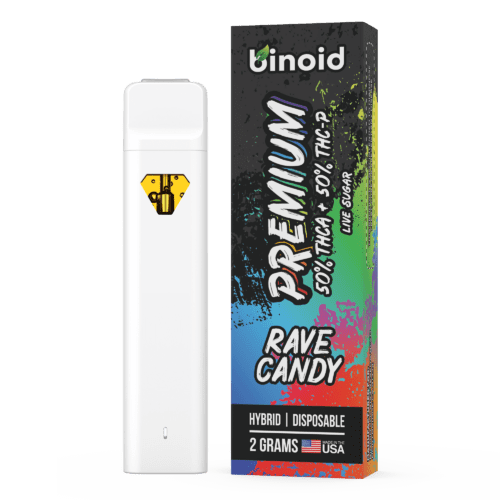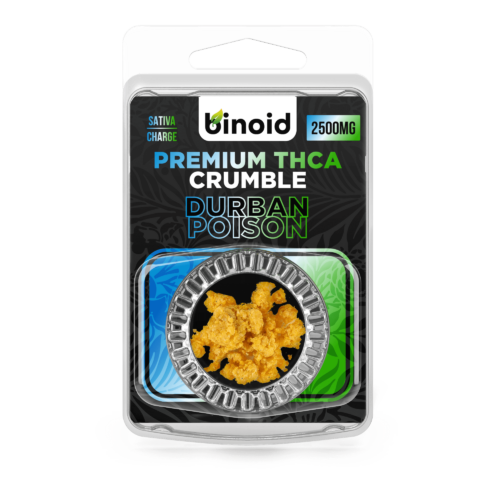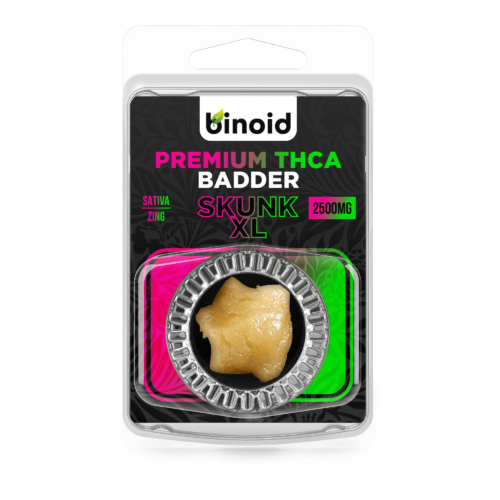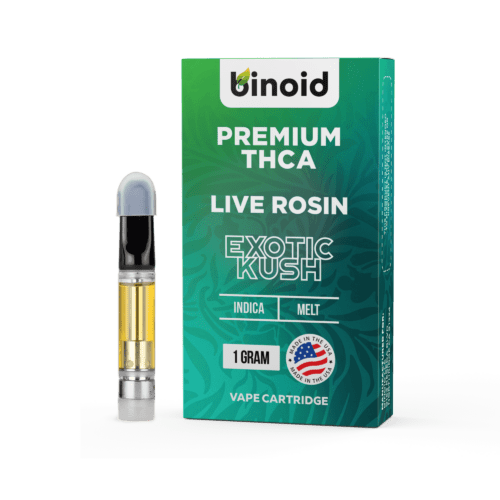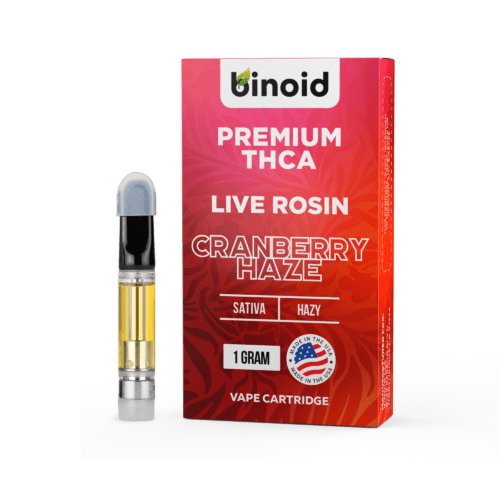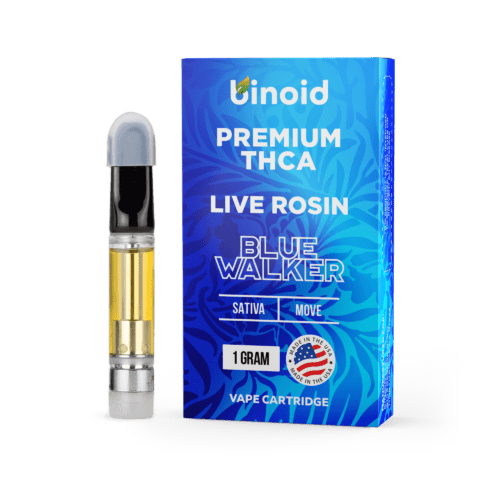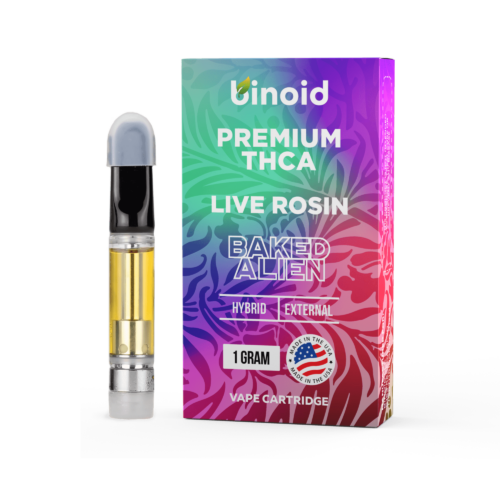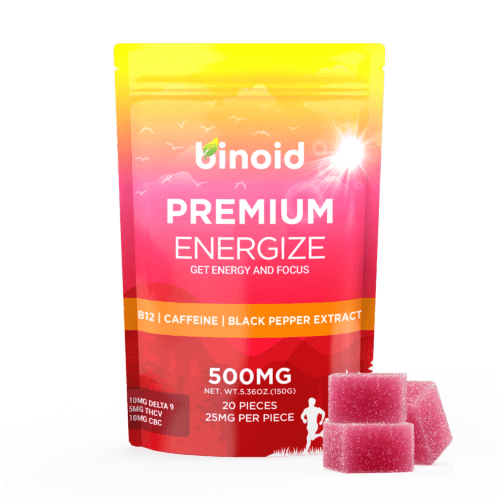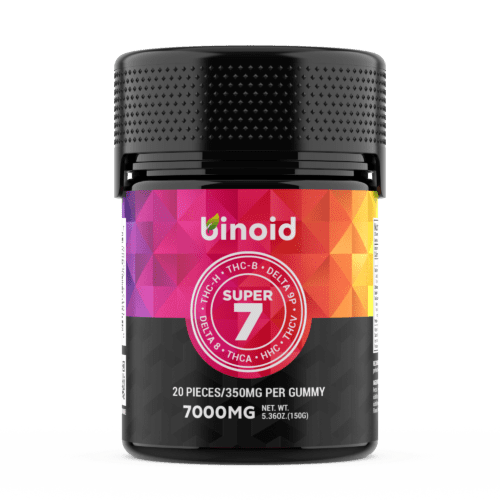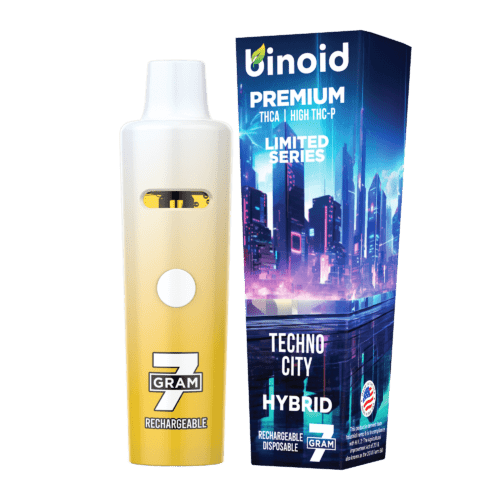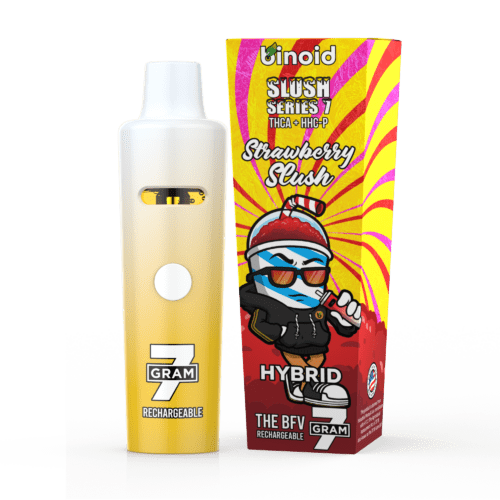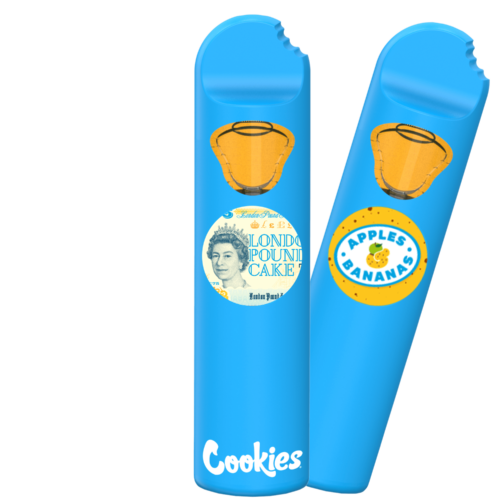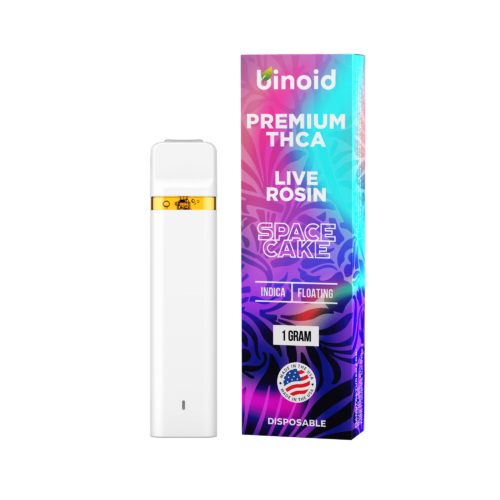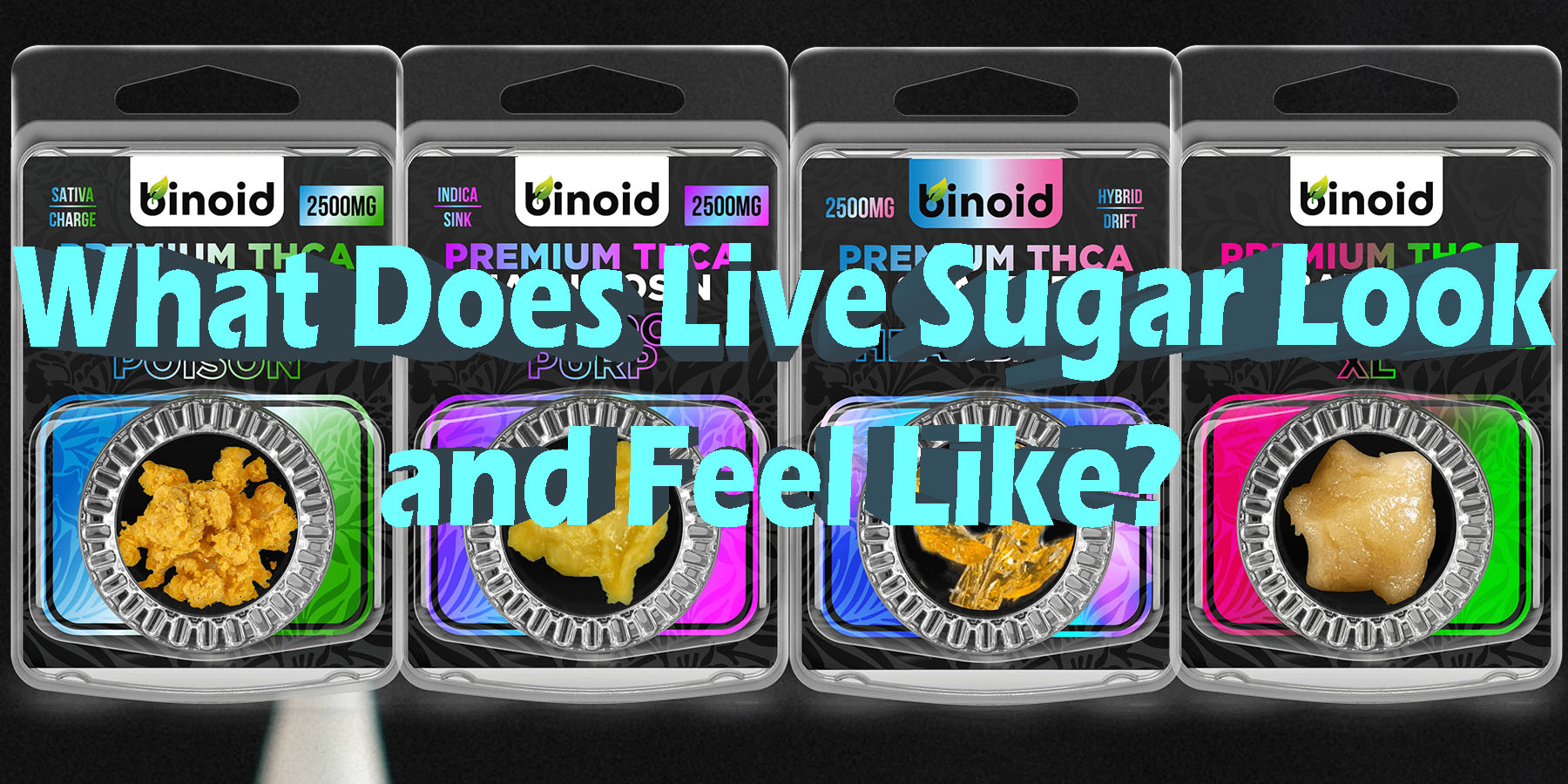
What Does Live Sugar Wax Look and Feel Like?
Ever stumbled upon a cannabis concentrate that looks less like a viscous liquid and more like glistening crystals? Prepare to have your perceptions piqued as we dive deep into the world of live sugar. This intriguing extract has garnered significant attention for its unique visual appeal and the vibrant experiences it can deliver. But what exactly is live sugar, and what sensations does it offer, both to the eye and to your overall well-being? Well folks, get ready to explore the sugary side of cannabis concentrates, uncovering its definition, its origins, its creation process, and the multifaceted ways it can engage your senses, promising a sweet journey into the realm of potent extracts.
TO BUY LIVE SUGAR CLICK HERE
Recommended products
What is Live Sugar Wax and What Does It Look Like?
Live sugar is a type of cannabis concentrate that derives its name from its distinct crystalline or granulated appearance, resembling wet sugar or small clusters of sugary particles suspended in a viscous liquid, often referred to as “terp sauce”. It belongs to the broader category of “live” concentrates, meaning it is produced using cannabis plant material that was flash-frozen immediately after harvest, preserving a higher concentration of volatile terpenes and cannabinoids compared to concentrates made from dried and cured material. This preservation process contributes to live sugar’s potent aroma and flavorful experience, closely mirroring the original profile of the living plant.
The “sugar” formation is a result of the natural crystallization of cannabinoids, primarily THCA (tetrahydrocannabinolic acid), within the terpene-rich extract. This crystallization is often encouraged through specific post-extraction processing techniques, although it can also occur spontaneously over time.
Visually, live sugar presents a captivating mosaic of small, crystalline structures that can range in size from fine grains to more discernible sugar-like crystals. These crystals are typically translucent or semi-opaque, often exhibiting a golden or amber hue, which can vary in intensity depending on the specific strain and extraction methods. The crystals are usually bathed in a syrupy, terpene-rich liquid, creating a heterogeneous mixture that shimmers and catches the light. The consistency of live sugar can vary; some may have a higher ratio of crystals to terp sauce, resulting in a more solid, granular texture, while others might be soupier, with crystals more sparsely distributed in a more abundant liquid phase. Regardless of the precise ratio, the defining characteristic is the presence of these distinct crystalline formations, setting it apart from other concentrates with more uniform textures like shatter, wax, or budder. This sugary appearance is not just visually appealing but also indicative of a rich cannabinoid and terpene content, promising a flavorful and potent experience.
When It Was Discovered
The emergence of live sugar as a distinct category within cannabis concentrates is intertwined with the broader evolution of extraction techniques and the growing appreciation for terpene preservation. Unlike some innovations with clear inventors or dates, live sugar developed more organically as extractors experimented with different post-processing methods to achieve desired textures and to manage the natural crystallization tendencies of certain cannabinoid-rich extracts, particularly those made from fresh-frozen cannabis.
The underlying principle of using fresh-frozen material to create “live” extracts gained traction in the early to mid-2010s, driven by the desire to capture the full spectrum of the living plant’s compounds, especially the volatile terpenes that are often lost during traditional drying and curing. As these terpene-rich “live” extracts, such as live resin, became more prevalent, extractors began to observe and then intentionally manipulate the crystallization of cannabinoids within these terpene-rich environments.
The formation of crystalline structures in cannabis extracts was not a new phenomenon, as seen in the natural “sugaring” that can occur in some BHO (butane hash oil) extractions. However, the intentional cultivation and control of this crystallization within terpene-rich live extracts, specifically to create the distinct “sugar” consistency, became a focused area of experimentation. Extractors discovered that factors like temperature, humidity, and even agitation during the purging and post-processing phases could influence the size and formation of these THCA crystals. By carefully manipulating these variables, they could consistently produce concentrates with the granulated, sugary appearance that is now characteristic of live sugar.
This development was a natural progression from the initial focus on terpene preservation in live extracts, moving towards a nuanced control over the final texture and presentation of these highly sought-after products. Thus, live sugar wasn’t a singular invention but rather an outcome of ongoing experimentation and refinement within the concentrate production community during the rise of live resin and other fresh-frozen extractions in the latter half of the 2010s.
Recommended products
How It’s Exactly Created
The creation of live sugar is a meticulous process that begins with the same foundational step as other “live” concentrates: the use of fresh cannabis plants that are immediately flash-frozen after harvest. This crucial step is essential for preserving the delicate terpene and cannabinoid profile of the plant at its peak. From this point, the extraction process typically involves using a hydrocarbon solvent, such as butane or propane, to separate the desired compounds from the frozen plant material. However, the key difference in producing live sugar lies in the post-extraction processing techniques that encourage the formation of the characteristic crystalline structures.
Here’s a more detailed breakdown of the steps involved:
Harvest and Freezing: High-quality cannabis plants are harvested at their peak maturity and immediately flash-frozen, typically using liquid nitrogen or dry ice. This rapid freezing preserves the terpene and cannabinoid content, preventing degradation that can occur during drying and curing.
Solvent Extraction: The frozen plant material is then subjected to a hydrocarbon solvent (usually butane, propane, or a blend) in a closed-loop extraction system. The cold solvent washes over the frozen material, dissolving the cannabinoids and terpenes while leaving behind unwanted compounds like chlorophyll and fats. This process creates a solution containing the desired extract.
Initial Purge: The solvent-rich solution is then carefully heated in a vacuum oven to begin the process of purging the solvent. This initial purge helps to remove a significant portion of the solvent while preserving the volatile terpenes.
Controlled Crystallization: This is the critical step that differentiates live sugar production. After the initial purge, the extract is often placed in sealed containers and subjected to specific environmental conditions over a period of time. These conditions, which can include controlled temperature fluctuations and humidity levels, encourage the THCA (the primary cannabinoid in its acidic form) to crystallize out of the terpene-rich liquid phase. The specific parameters (temperature, duration, etc.) are often proprietary and tailored by the extractor to achieve the desired sugar-like consistency. Some extractors may also introduce “seed” crystals or gently agitate the mixture to promote crystallization.
Final Purge: Once the desired crystalline structure has formed, the live sugar undergoes a final, thorough purge in a vacuum oven to remove any remaining residual solvent. This step is crucial for safety and ensures a clean, high-quality end product. The temperature and duration of this final purg are carefully controlled to preserve the terpenes while meeting safety standards.
Collection and Packaging: The finished live sugar, now exhibiting its characteristic granulated or crystalline appearance suspended in terpene sauce, is carefully collected and packaged for distribution. The final product should have a potent aroma that reflects the original cannabis strain, a high cannabinoid content (typically rich in THCA), and a distinct sugary texture.
The art of creating live sugar lies in the precise control of the crystallization process, allowing extractors to harness the natural properties of the cannabinoids and terpenes to produce a visually appealing and highly flavorful concentrate.
Recommended products
What Does Live Sugar Wax Feel Like – Physically and Mentally?
Engaging with live sugar offers a sensory experience that begins with its striking visual presentation and extends into a potent and flavorful encounter. As a “live” concentrate, the emphasis is on preserving the natural terpene profile of the cannabis plant, which significantly contributes to both the aromatic and the overall feeling of the experience.
The presence of crystalline THCA within a terpene-rich environment often translates to a powerful effect that can be both physically and mentally stimulating or relaxing, depending on the specific strain and terpene composition. The act of consuming live sugar, typically through dabbing or vaping, releases a complex bouquet of aromas and flavors that are true to the original plant, setting the stage for the sensations to follow.
What Live Sugar Feels Like Physically
Physically, the experience with live sugar often begins with the tactile sensation of handling the concentrate. Its granulated texture can feel slightly different on a dab tool compared to a more uniform wax or shatter, often being a bit easier to scoop and manage without being overly sticky. Upon vaporization or combustion, the most immediate physical sensation is the intense and nuanced flavor that coats the palate. Due to the high terpene content preserved through the fresh-freezing process, these flavors are often described as exceptionally vibrant and true to the strain, offering a complex blend of notes that can range from fruity and floral to earthy and spicy. The vapor or smoke itself can feel smooth, although the potency and terpene concentration can sometimes lead to a slight tickle or warmth in the throat. Following consumption, the physical effects can vary greatly depending on the strain’s profile. Some may induce a relaxing body sensation, easing tension and promoting a chilled-out state, while others might offer a more energizing and uplifting physical buzz.
What Live Sugar Wax Feels Like Mentally
Mentally, live sugar is often characterized by a potent and clear-headed experience, thanks to the robust terpene and cannabinoid synergy preserved in the live extraction process. Users frequently report a rapid onset of effects that can range from an immediate uplift in mood and a sense of euphoria to enhanced focus and creativity, depending on the strain’s inherent properties. The terpene profile plays a crucial role in shaping the mental landscape, with certain terpenes being associated with more invigorating or more calming effects.
Because live sugar retains a broad spectrum of the plant’s compounds, the mental experience is often described as being more well-rounded and nuanced compared to isolates. It can facilitate a state of blissful contentment, heightened sensory perception, or a more introspective and thoughtful mindset. The overall mental feel is often one of potent elevation, with the specific direction (energizing, relaxing, focusing, etc.) largely dictated by the original strain’s characteristics.
Can Live Sugar Wax Get You High?
Yes, emphatically, live sugar can get you high, and it is typically quite potent due to its high concentration of psychoactive cannabinoids, primarily THCA which converts to Delta-9 THC upon heating. As a “live” concentrate, it is derived from cannabis that was flash-frozen, ensuring the preservation of a significant amount of the plant’s original cannabinoid content. The crystallization process that gives live sugar its characteristic texture involves THCA molecules separating from the terpene-rich liquid. When live sugar is vaporized or dabbed, the heat instantaneously decarboxylates the THCA, transforming it into Delta-9 THC, the primary psychoactive compound in cannabis.
Because live sugar is a concentrated form, the percentage of THCA (and subsequently THC after heating) is typically much higher than in raw cannabis flower, often ranging from 60% to 90% total cannabinoids. This high potency means that even a small dose of live sugar can deliver a substantial amount of THC to the system, leading to the well-known psychoactive effects, including euphoria, altered perception, and relaxation. The preserved terpenes also have a crucial role in modulating these effects through the entourage effect, contributing to the overall intensity and character of the high.
Recommended products
What Can Influence Your Live Sugar High?
The specific experience you have with live sugar is a complex interplay of several factors, making each encounter potentially unique. Understanding these influences can help you tailor your consumption and better appreciate the nuances of this potent concentrate.
#1: Your Body Type and Tolerance to Live Sugar
Your individual physiology and the level of tolerance you’ve developed to cannabis are fundamental in determining how live sugar will affect you. Factors such as your weight, metabolism, body fat composition, and your unique endocannabinoid system all play a role in how your body processes and reacts to cannabinoids. A faster metabolism might lead to a quicker onset of effects but possibly a shorter duration, while a slower metabolism could result in a more gradual experience. Moreover, your tolerance, built up through regular cannabis consumption, significantly impacts the amount of live sugar needed to achieve a desired effect. Frequent users will likely require a larger dose compared to those who consume cannabis infrequently or prefer lower-potency products. For novice users, even a small amount of live sugar can be quite potent. Therefore, being mindful of your body’s characteristics and your tolerance level is crucial for a comfortable and enjoyable experience.
#2: How Much Live Sugar You Take
The amount of live sugar you consume, or your dosage, is a primary factor in the intensity and nature of your ‘high’. Given its concentrated nature, even a slight difference in the amount taken can lead to noticeable variations in effects. A very small dose might result in mild mood enhancement or subtle relaxation, while a larger dose can produce profound euphoria, significant alterations in perception, and intense relaxation. It is always advisable, especially when trying a new strain of live sugar or if you have lower tolerance, to start with a very small amount – often described as the size of a grain of rice or even smaller – and wait to assess the effects before considering consuming more. Overconsumption can lead to an overwhelming experience for some individuals. Therefore, careful and mindful dosing is key to maximizing enjoyment and ensuring a pleasant encounter with live sugar.
#3: The Combination of Cannabinoids
The specific blend of cannabinoids present in the live sugar significantly shapes the overall experience, extending beyond just the THC content. This is often referred to as the “entourage effect,” where various cannabinoids work synergistically to influence the overall effects. While THCA (which converts to Delta-9 THC) is the primary psychoactive component, other cannabinoids contribute their own unique properties and can modulate the effects of THC. The solvent-based extraction process used to create live sugar can preserve a range of these compounds, as below is a look at some of the cannabinoids that might be present and their potential roles:
CBD (Cannabidiol): Although typically found in lower concentrations in THC-dominant live sugar, CBD is non-intoxicating and is known for its potential to influence the effects of THC, possibly making the overall experience smoother and contributing to a sense of calm.
CBN (Cannabinol): CBN is usually formed as THC degrades and is typically found in trace amounts in fresh, well-produced live sugar. It is mildly psychoactive and often associated with more relaxing or sedative-like effects, which could subtly influence the overall feel.
THCA (Tetrahydrocannabinolic Acid): As the precursor to THC and the dominant cannabinoid in live sugar crystals, THCA becomes psychoactive Delta-9 THC upon heating. The high concentration of THCA is the primary reason for live sugar’s potency.
Delta 8 THC (Delta-8-Tetrahydrocannabinol): Delta 8 THC is an isomer of Delta 9 THC, typically found in small amounts in cannabis. It is psychoactive but generally considered less potent than Delta 9 THC, potentially offering a slightly different character to the high if present in notable quantities.
Delta 9 THC (Delta-9-Tetrahydrocannabinol): This is the main psychoactive compound in cannabis, responsible for the euphoric and mind-altering effects. Live sugar’s high THCA content ensures a significant amount of Delta 9 THC is produced upon consumption.
THC-P (Tetrahydrocannabiphorol):THC-P is a relatively recently discovered cannabinoid that is reported to be significantly more potent than Delta 9 THC. If present in the strain used to make the live sugar, even in small amounts, it could substantially amplify the psychoactive effects.
HHC (Hexahydrocannabinol): HHC is a hydrogenated form of THC. It can occur naturally in trace amounts but is often produced semi-synthetically. It is psychoactive, with effects often described as similar to THC but potentially with a more relaxing profile for some users. Its presence in live sugar would likely be minimal unless specifically introduced post-extraction.
PHC (Hydrox4phc):Represents a more recent entrant into the diverse family of hemp-derived cannabinoids. Unlike naturally abundant cannabinoids like CBD or Delta-9 THC, PHC is typically understood to be a specialized, semi-synthetic compound. Its name, Hydrox4phc, suggests a molecular structure involving a phytocannabinoid (“phc”) that has undergone specific chemical modifications, likely involving hydroxyl groups (“Hydrox4”), to alter its properties and how it interacts with the human body. The primary intention behind creating such compounds is often to influence their metabolic pathway, potentially enhancing potency, duration, or the overall character of the effects experienced by the user.
The specific ratios and presence of these and other minor cannabinoids contribute to the unique profile of effects experienced with different strains of live sugar.
Recommended products
#4: The Delivery Method of Products Using Live Sugar Wax
The method you choose to take live sugar significantly impacts how quickly and intensely you’ll feel its effects, as well as the overall duration of the experience. Different delivery methods have varying rates of absorption and bioavailability:
Vapes: Live sugar can be processed (often involving decarboxylation and the addition of terpenes for viscosity) to be used in vape cartridges and disposable vape pens. Inhalation allows for rapid absorption through the lungs, leading to a quick onset of effects, typically within minutes, and offers a flavorful and potent experience.
Dabs: Dabbing involves vaporizing live sugar on a heated surface (a “banger” or “nail”) and inhaling the vapor through a dab rig. This method delivers a concentrated dose almost instantly, resulting in rapid and intense effects. Dabbing is known for maximizing both potency and flavor from concentrates like live sugar.
Gummies: Live sugar can be infused into edible products such as gummies. When ingested, the cannabinoids are metabolized by the liver, converting THC to 11-hydroxy-THC, which is often reported to be more potent and longer-lasting. The onset of effects from gummies is typically delayed (30 minutes to 2 hours) but can result in a more profound and extended experience.
#5: That Said Product’s Strain
The product’s strain you buy makes a big difference, too. The strain refers to the terpene profile of the hemp breed used to make the live sugar product, and each terpene offers distinctive effects as well as a unique flavor and aroma. There are three main types of strains, and within each type there are many individual strains that you can choose from:
Indica: Known for having a mellowing effect on mood as well as the body. There are full Indica strains that purely exhibit these traits, Indica-leaning hybrids where the Indica characteristics are dominant, and Indica-dominant strains that strongly express the relaxing and often sedative qualities associated with Indicas.
Sativa: More popular during the daytime as they may be energizing and uplifting. Full Sativa strains typically provide these effects, while Sativa-leaning hybrids lean towards these more invigorating qualities, and Sativa-dominant strains strongly express the cerebral stimulation and potential for enhanced creativity often linked to Sativas.
Hybrid: Result from crossing together an indica and a sativa, which produces a nice balance between the two. These are often 50/50 strains, aiming for an equilibrium of effects, but can occasionally be 55/45 ratioed too, depending on the strains’ genetic nature and the specific characteristics the breeder aims to highlight.
#6: Your Overall State of Mind
Your current mental and emotional state when you consume live sugar can significantly influence the overall experience. If you approach the session feeling relaxed, positive, and in a comfortable environment, you are more likely to have a pleasant and enjoyable journey. The effects of the live sugar may amplify these positive feelings, leading to a more euphoric, creative, or deeply contented state. On the other side of the coin though, if you’re feeling anxious, stressed, or are in an unfamiliar or uncomfortable setting, the potent psychoactive effects of live sugar could potentially intensify these negative feelings. It’s always wise to consider your mindset and surroundings before consuming cannabis, especially high-potency concentrates like live sugar, as your internal state can significantly shape your experience.
Final Live Sugar Wax Feelings Thoughts
The allure of live sugar extends beyond its crystalline sparkle; it lies in the vibrant, unadulterated experience it promises. It’s a testament to the art of capturing the living essence of the cannabis plant, transformed into a potent and flavorful form. Choosing live sugar is an embrace of the plant’s inherent complexity, offered in a visually engaging and texturally distinct way. Ultimately, the feeling it evokes is a direct reflection of this commitment to preserving the full spectrum, inviting a personal exploration that goes beyond simple effects and delves into the nuanced heart of the strain itself.

